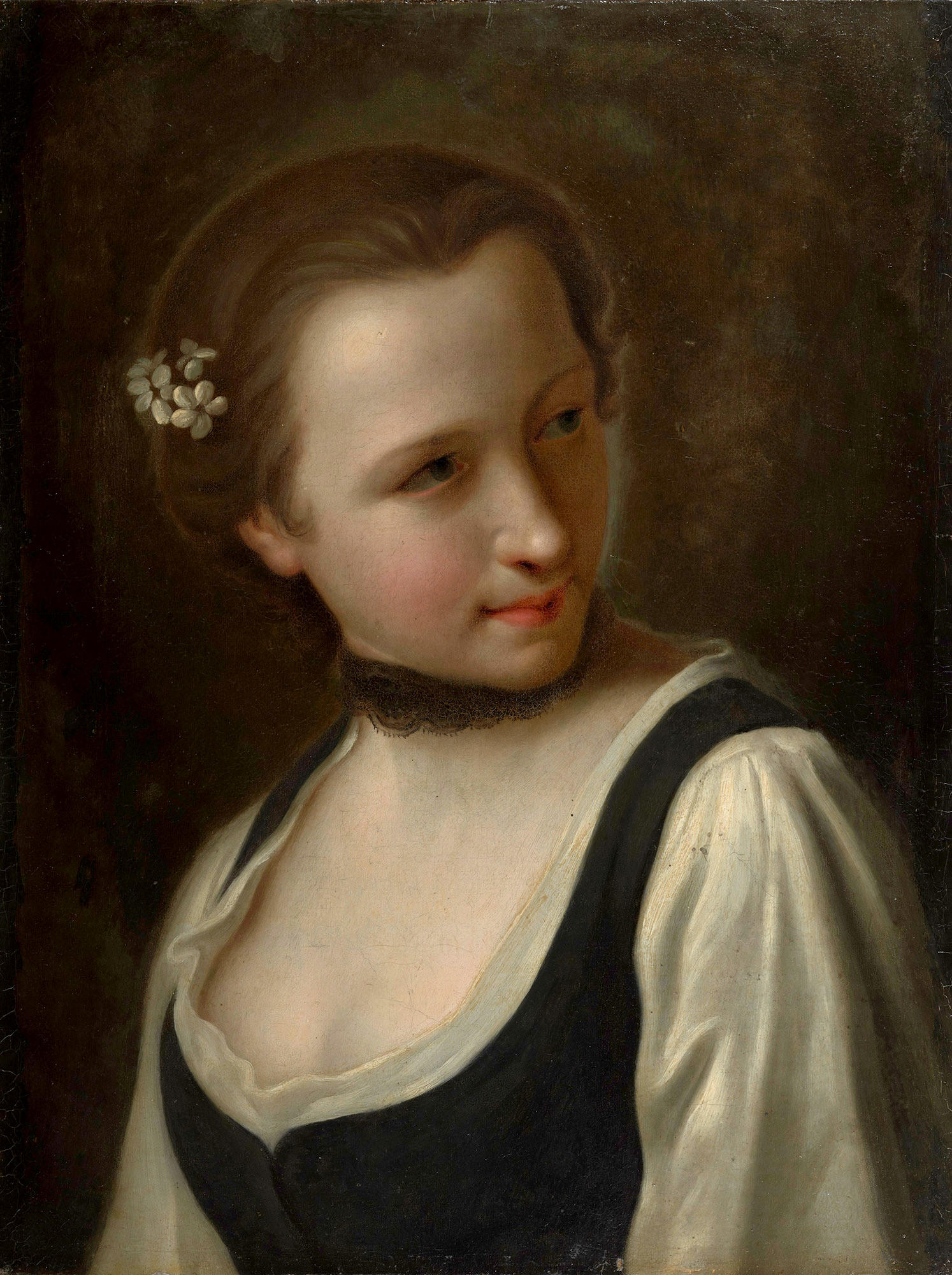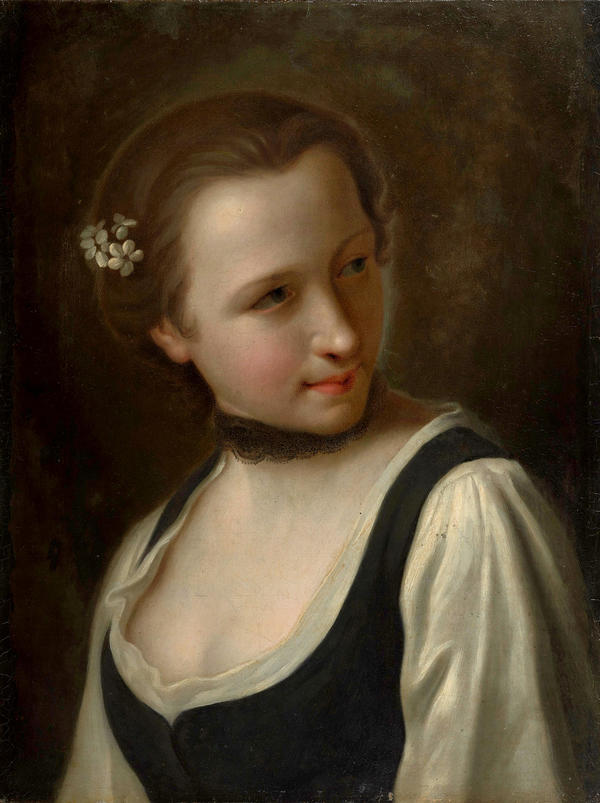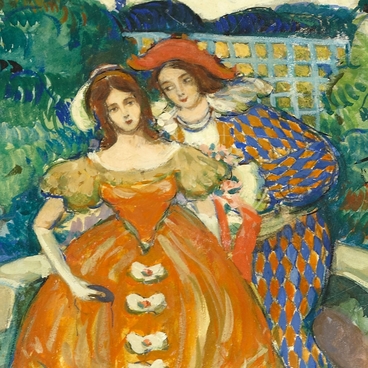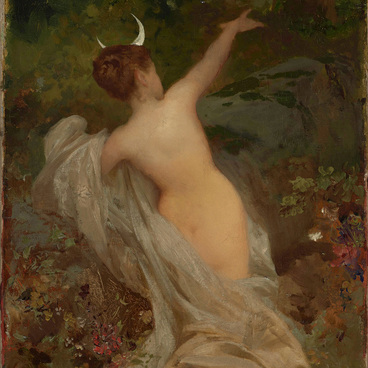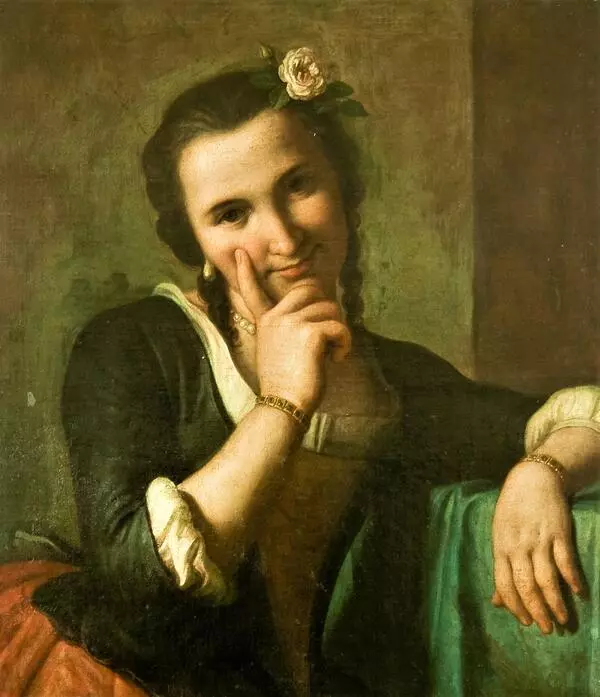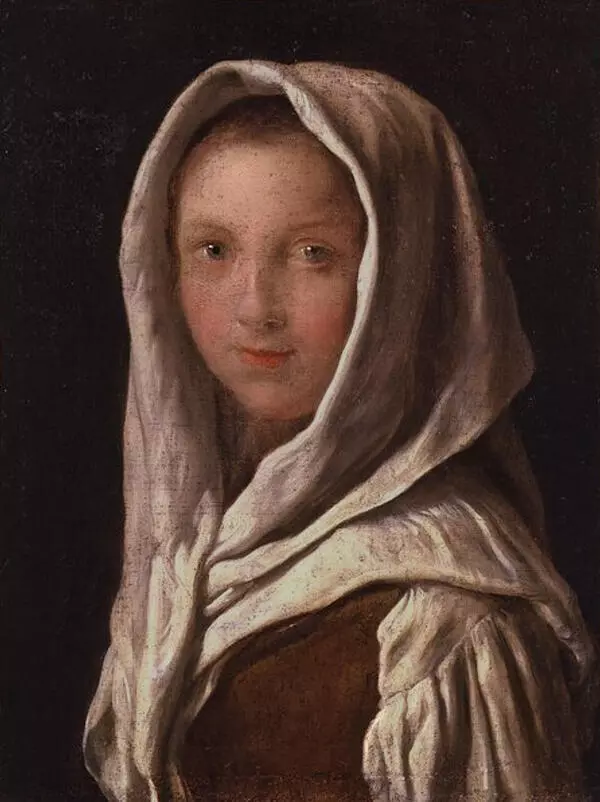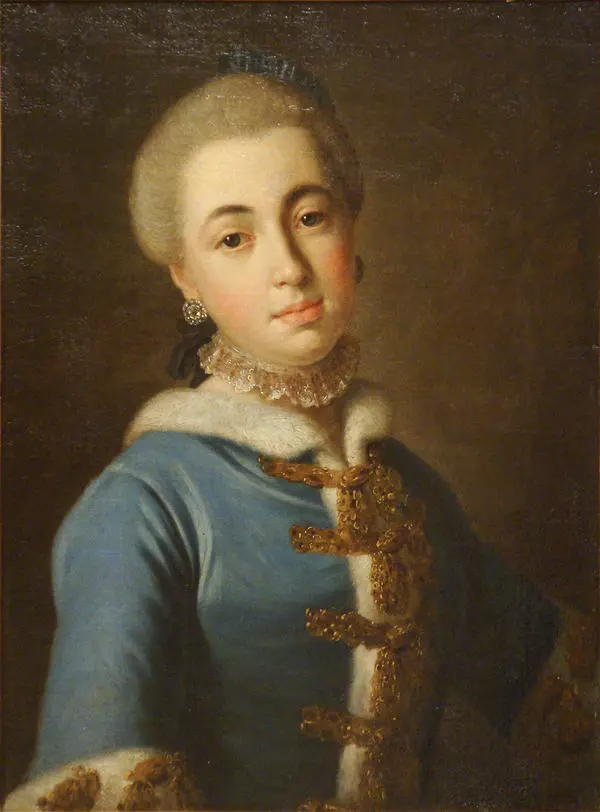Pietro (Pyotr) Antonio Rotari (1707-1762) was an Italian court portrayer. Pietro (Pyotr) Antonio Rotari (1707-1762) was an Italian court portrayer.
In 1756, he received an invitation from Empress Elizabeth Petrovna and moved to St. Petersburg. In Russia, Pietro Rotari quickly became fashionable thanks to his easy and complementary style of writing. His creative activity was unusually fruitful — he created dozens of court portraits, made to order, as well as many so-called ‘heads’ — small portraits of girls or boys in national costumes.
Pietro Rotari left a mark in the history of Russian painting, also engaged in teaching activities: among his students were A.P. Losenko, F.S. Rokotov and I.P. Argunov. Many aristocrats of the Elizabethan era ordered portraits from the master. The most famous of his works are a portrait of Empress Elizabeth Petrovna in the black mantilla (Grand Peterhof Palace), her half-length portrait (Grand Catherine Palace).
Throughout his life, the artist was interested in national costumes and loved to create idealized portraits of models in a variety of clothes with ethnic colors. As early as 1760, Elizabeth Petrovna purchased 50 of these works from Pietro Rotari, and after his death, Catherine II bought from the artist’s widow all the paintings that remained in the workshop. Catherine II decided to decorate one of the interiors of the Peterhof Grand Palace with Rotary works. In 1764, according to the project of J. B. Wallen-Delamot, the trellis hanging of paintings in the hall, now called the Picture Hall (another name for the hall is the Cabinet of Fashion and Grace), was completed. It presents the largest collection of works by the artist: more than 350 paintings occupy almost the entire area of the walls. The painter created some portraits before arriving in Russia, but most were painted in our country.
The painting “A Girl with a Flower in Her Hair” (1756–1762) came to the Sverdlovsk Gallery (now the Yekaterinburg Museum of Fine Arts) in 1947 and originates from the Stroganovs’ collection. It was transferred to the museum funds among 228 exhibits of the Hermitage as a sign of gratitude for the assistance provided in saving the evacuated cultural heritage during the Great Patriotic War.
